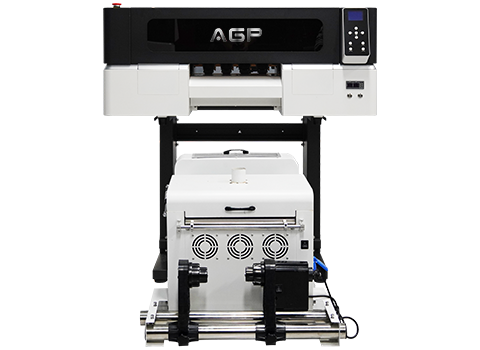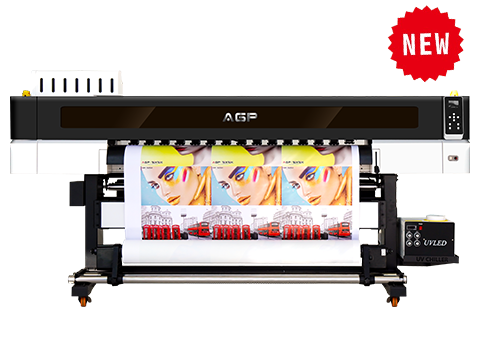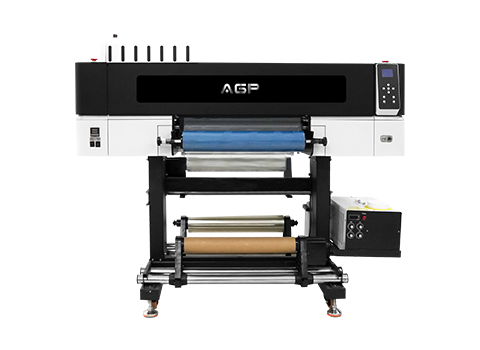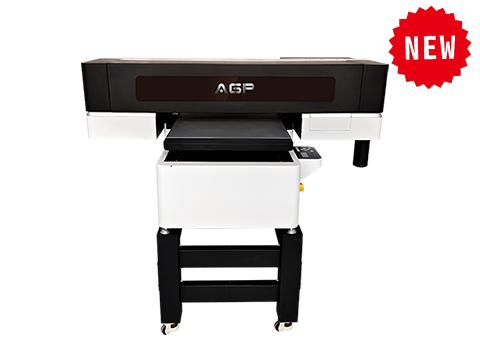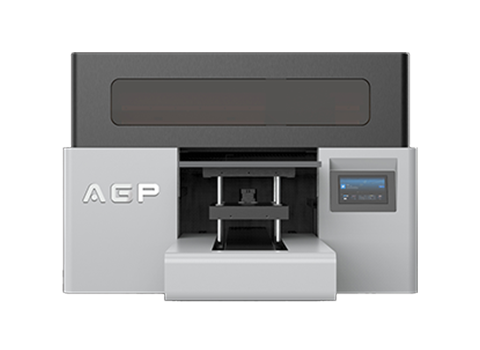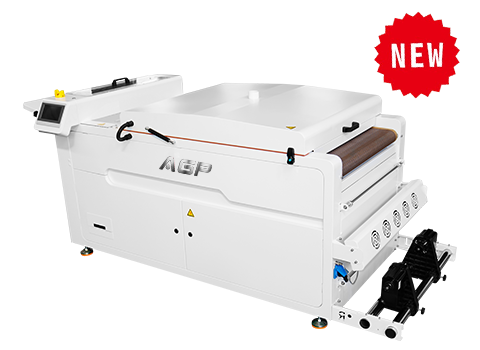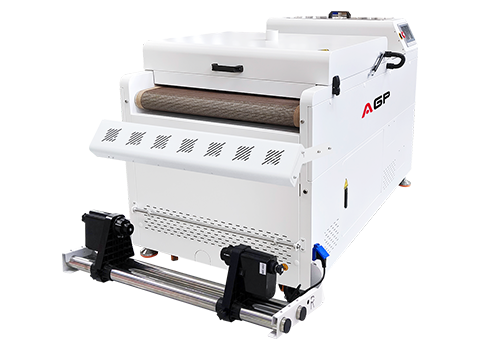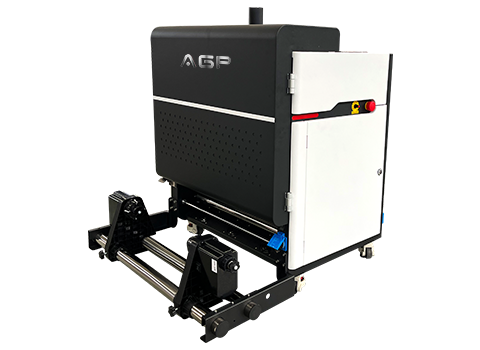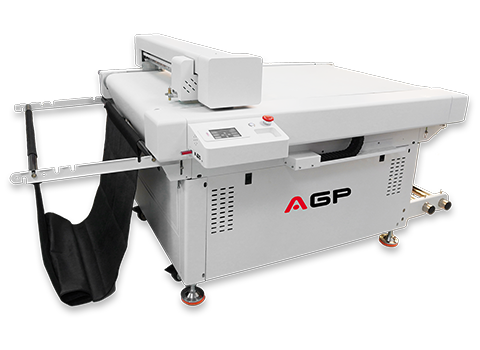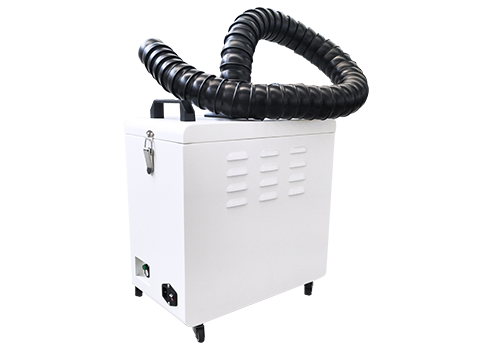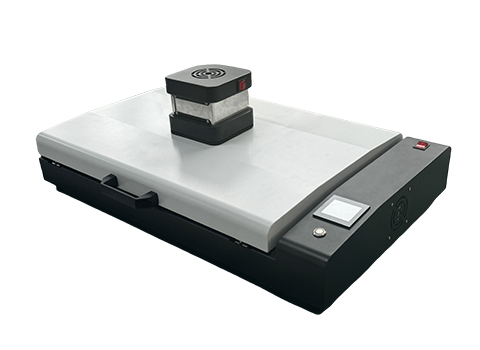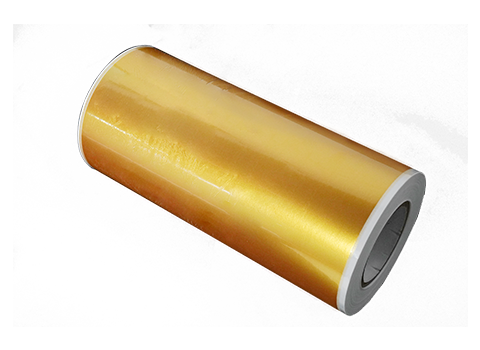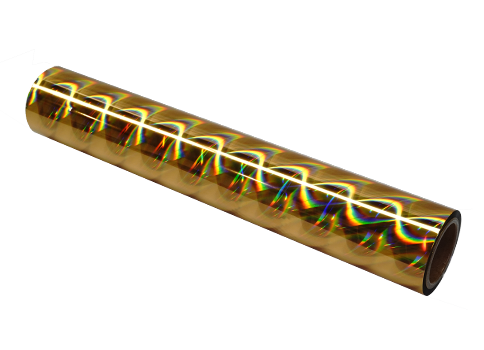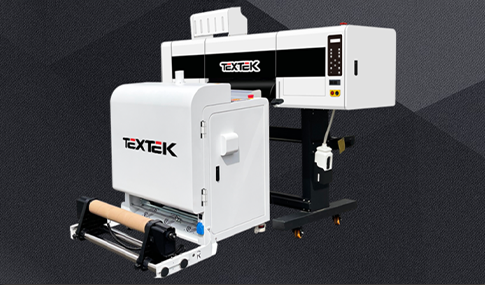Cracking the Code: Conquer 12 Common DTF Printing Problems and Achieve Printing Perfection!

Direct to Film (DTF) printing has become a popular method in the garment industry, enabling the creation of vibrant and high-quality prints on various fabrics. However, like any printing technique, DTF printing can encounter certain challenges that may impact the output and overall efficiency of the process. In this article, we will explore and provide valuable troubleshooting tips and solutions for the top 12 common DTF printing problems, empowering individuals in the industry to overcome these obstacles and achieve exceptional print results.
1.Ink Smudging:
Issue: One of the common issues faced in DTF printing is smudging and blurring of the printed design, leading to a compromised final output.
Solution:
To address this problem, it is essential to ensure a proper drying time for the printed design before initiating the transfer process. If necessary, consider increasing the drying time or utilizing a heat press to expedite the drying process, thereby reducing the risk of smudging and blurring.
2.Image Blurring:
Issue: Loss of sharpness and clarity in the printed design can diminish the visual impact and quality of the print.
Solution:
To optimize image sharpness and clarity, it is crucial to use high-quality images with suitable resolution for printing. Additionally, adjusting print settings, such as optimizing the ink density and print head speed, can help maintain the desired sharpness and clarity in the final print.
3.Color Inconsistencies:
Issue: Colors that deviate from the intended or desired shades can result in dissatisfaction with the final print output.
Solution:
To ensure accurate color reproduction, it is vital to regularly calibrate your printer and utilize color profiles that match the desired output. Additionally, performing color tests and adjustments by comparing printed samples to the desired colors can help achieve consistent and accurate color representation.
4.Film Wrinkling:
Issue: Wrinkling of the DTF film during the printing process can lead to distorted prints and an unsatisfactory final result.
Solution:
To address film wrinkling, it is essential to maintain proper film tension and alignment on the printing surface. Avoiding excessive tension or uneven stretching, which can cause wrinkles, is crucial. Regularly check and adjust the tension to ensure a smooth and wrinkle-free film during printing.
5.Poor Adhesion:
Issue: Printed designs that peel off or flake after a short period of use or washing can result in dissatisfaction and product durability concerns.
Solution:
To improve adhesion, it is recommended to apply an appropriate adhesive powder or spray on the fabric before initiating the transfer process. Ensuring a clean fabric surface, free from contaminants, can also enhance adhesion by removing any potential barriers to proper ink bonding.
6.White Ink Issues:
Issue: Translucent and uneven white ink base layer can impact the vibrancy and opacity of the final print.
Solution:
To address issues with the white ink base layer, it is advisable to perform regular maintenance on the printer's white ink system. This includes cleaning the ink lines and checking for blockages that may impede proper ink flow and coverage. Regular maintenance can help ensure consistent and opaque white ink application.
7.Clogging of Printer Heads:
Issue: Printer heads getting clogged can result in inconsistent ink flow and compromised print quality.
Solution:
To prevent and address printhead clogs, it is necessary to perform regular cleaning cycles and use recommended cleaning solutions. Additionally, avoiding long periods of inactivity, which can lead to dried ink in the printer heads, can help maintain optimal ink flow and prevent clogging issues.
8.Printhead Strikes:
Issue: Unwanted lines or smudges caused by the printhead touching the fabric during printing can impact the final print quality.
Solution:
To mitigate printhead strike issues, it is crucial to ensure correct printhead height and alignment. Performing test prints and closely monitoring the printing process can help identify any contact issues and allow for adjustments to be made in the printer settings to avoid unwanted smudges or lines.
9.Film Not Transferring Properly:
Issue: Incomplete or uneven transfer of the design onto the fabric can result in a subpar final print appearance.
Solution:
To achieve optimal transfer results, it is essential to use the appropriate temperature, pressure, and duration during the heat press process. Conducting test transfers with varying settings can help determine the optimal combination for successful and even transfer of the design onto the fabric.
10.Uneven Prints:
Issue: Patchy or faded ink coverage in certain areas can detract from the overall quality and appearance of the print.
Solution:
To address issues with uneven prints, it is crucial to check and adjust the film tension to ensure consistent pressure across the print area. Additionally, accurate printhead alignment is essential to achieve uniform ink coverage and avoid patchiness or fading in specific areas of the print.
11.Image Distortion:
Issue: Stretchy fabrics can result in stretched or skewed designs, leading to distorted prints.
Solution:
To mitigate image distortion on stretchy fabrics, it is important to choosesuitable fabrics for DTF printing that can accommodate the stretching properties. Properly stretching the fabric and aligning the film correctly before transferring the design can help minimize image distortion and maintain design integrity.
12.Film Peeling Off:
Issue: Parts of the print starting to peel off after transfer can lead to durability concerns and dissatisfaction with the final product.
Solution:
To prevent film peeling off, it is crucial to ensure a clean fabric surface, free from residues or contaminants that may hinder proper adhesion. Additionally, using appropriate temperature and pressure settings during the heat press process can facilitate a secure and long-lasting transfer of the design onto the fabric.
Conclusion:
DTF printing offers immense potential for creating vibrant and detailed prints on fabrics. However, encountering common DTF printing problems is not uncommon. By implementing the troubleshooting tips and solutions provided in this article, individuals in the garment industry can overcome these challenges and achieve high-quality prints. Consistent equipment maintenance, optimization of print settings, and adherence to best practices are key to a smooth and efficient DTF printing process that yields exceptional results.





